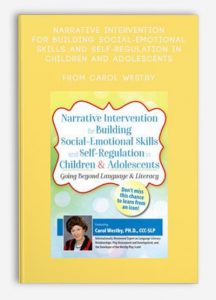 Narrative Intervention for Building Social-Emotional Skills and Self-Regulation in Children and Adolescents from Carol Westby
Narrative Intervention for Building Social-Emotional Skills and Self-Regulation in Children and Adolescents from Carol Westby
More information about Medical:
Medicine is the science and practice of establishing the diagnosis, prognosis, treatment, and prevention of disease.
Medicine encompasses a variety of health care practices evolved to maintain and restore health by the prevention and treatment of illness.
Contemporary medicine applies biomedical sciences, biomedical research, genetics, and medical technology to diagnose, treat, and prevent injury and disease,
typically through pharmaceuticals or surgery, but also through therapies as diverse as psychotherapy, external splints and traction, medical devices, biologics, and ionizing radiation, amongst others.
Medicine has been around for thousands of years, during most of which it was an art (an area of skill and knowledge) frequently having connections to the religious and
philosophical beliefs of local culture. For example, a medicine man would apply herbs and say prayers for healing, or an ancient philosopher and physician would apply bloodletting according to the theories of humorism.
In recent centuries, since the advent of modern science, most medicine has become a combination of art and science (both basic and applied, under the umbrella of medical science).
While stitching technique for sutures is an art learned through practice, the knowledge of what happens at the cellular and molecular level in the tissues being stitched arises through science.
Outline:
Narrative Intervention: Overview
- Types and their roles and functions
- Fictional
- Personal/autobiographical
- Life stories
- Common Core curriculum and social skills
- Cultural variations
Narrative Intervention to Promote
- Social-emotional skills
- Self-regulation
- Self-identity
- Self-determination
- Problem-solving
Narrative Assessments
- Fictional narratives
- Elicit through stimuli varying in cognitive and linguistic task demands
- Personal narratives
- Prompts to elicit and rubrics to evaluate
- Life stories
- Interviewing strategies to elicit and rubrics to evaluate types of coherence
- Narrative microstructures and macrostructures
- Vocabulary for thoughts and feelings
- (Theory of Mind) and complex syntax
- Structure, content/plot/theme and coherence
Strategies to Develop Autobiographical Memory and Personal Narratives
- Reminiscing that promotes autobiographical memory
- Using children’s books to trigger reminiscing
- Elements and influences of settings on stories
- Identify and build narrative plots
- Developing landscape of consciousness (Theory of Mind)
- Making connections between emotions/mental states and actions
- Developing vocabulary and syntax to express connections between mental/emotional states and behaviors/events
- Support-making narrative inferences
- Question-answer relationships – from literal to inferential
- Levels of language abstraction – from contextualized to decontextualized language
- Promote problem-solving and self-regulation
Strategies to Develop Life Stories
- Role of characterization in life stories
- Physical and psychological traits/characteristics – identifying relationships between character traits and character behaviors and narrative events
- Use biographies/autobiographies to understand characterization
- Character transformation: life turning points
- Identify and develop themes
- Support making narrative inferences
- Think alouds
- Questioning the author
- Facilitate life stories to develop self-identity and self-regulation
Description:
Learn from internationally-renowned language and literacy expert, Carol Westby, PhD, CCC-SLP, as she teaches you the roles of autobiographical memory, personal narratives, fictional narratives and life stories in social interactions, self-regulation and academic performance. Dr. Westby will demonstrate a variety of assessment tools for documenting development of these different types of narratives in children from preschool through adolescence. Through videos and case examples you will learn interventions using fictional stories and biographies to develop personal narratives and life stories for children with a variety of language, literacy and behavioral disorders. You will leave with strategies to develop students’ narrative skills to improve their social-emotional skills, self-regulation, self-identity and problem-solving. Strategies that will be taught include:
- reminiscing to promote autobiographical memory
- vocabulary for mental state/emotion words and the syntactic patterns needed to express relationships between events and mental states/emotions
- how settings influence characters and events in stories
- building narrative plots
- how physical and psychological attributes of characters in stories affect their nature and behaviors
- supporting students in making narrative inferences
Walk away with narrative interventions that will take you beyond the language and literacy work you do with children and adolescents to effectively develop their social-emotional, self-regulation and academic growth!


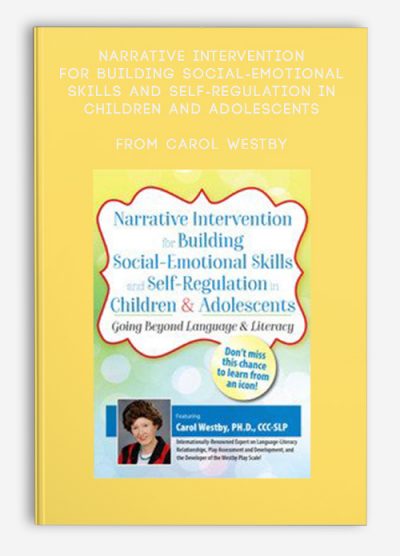




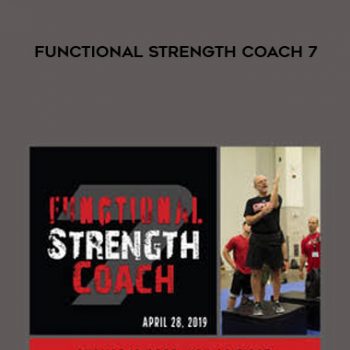

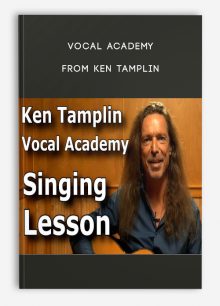
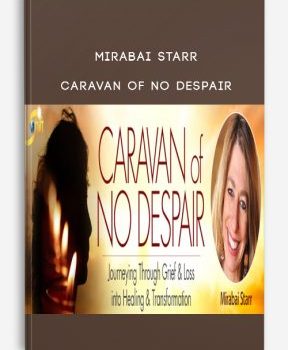


tristian –
This is Digital Download service, the course is available at Coursecui.com and Email download delivery.